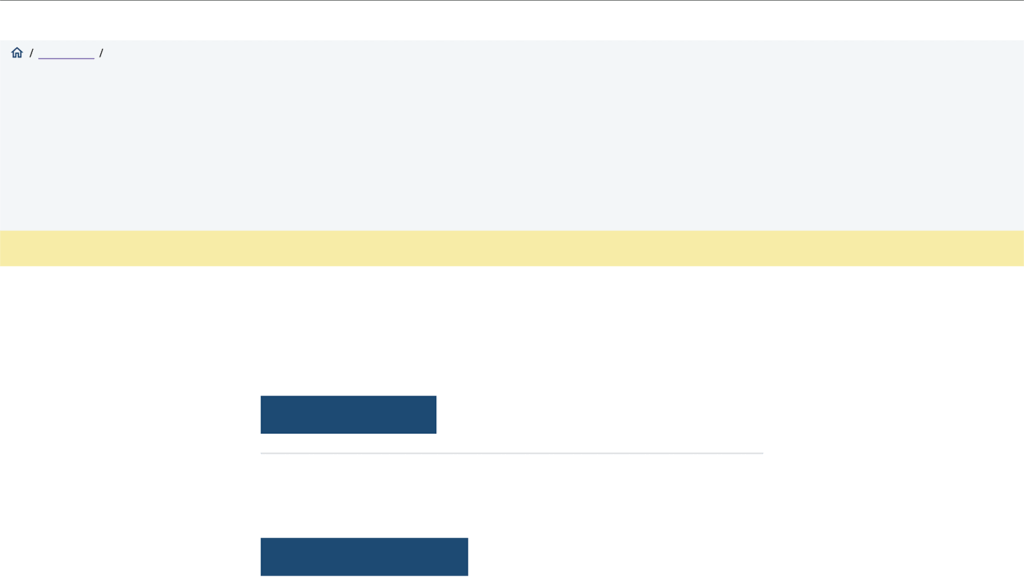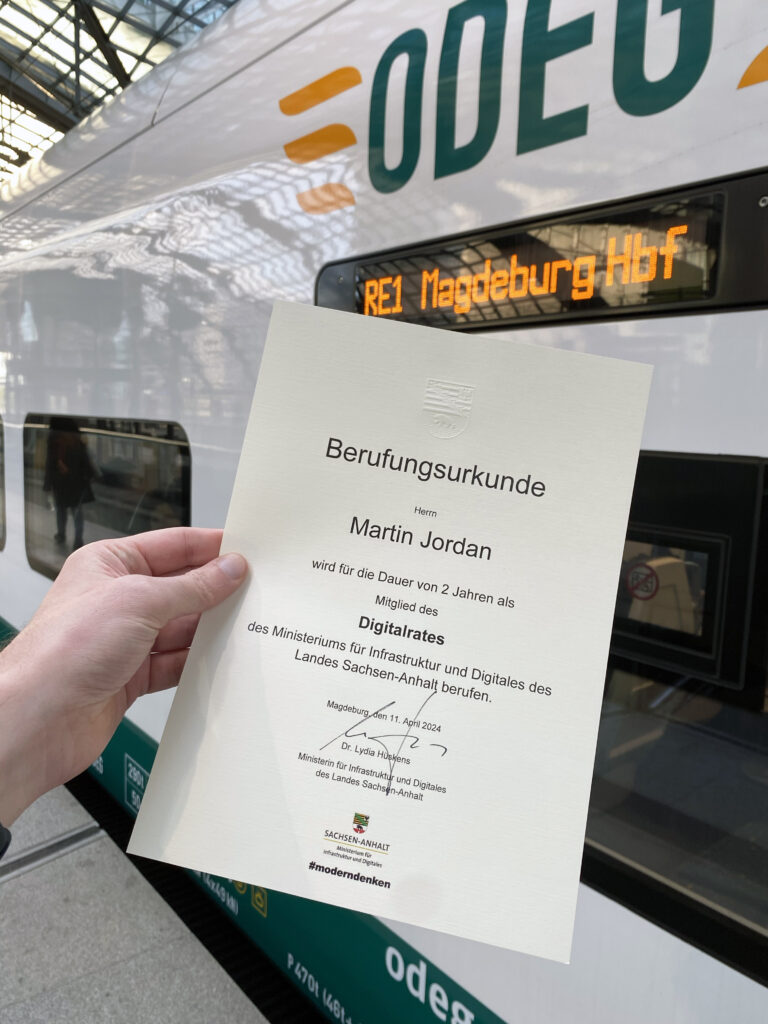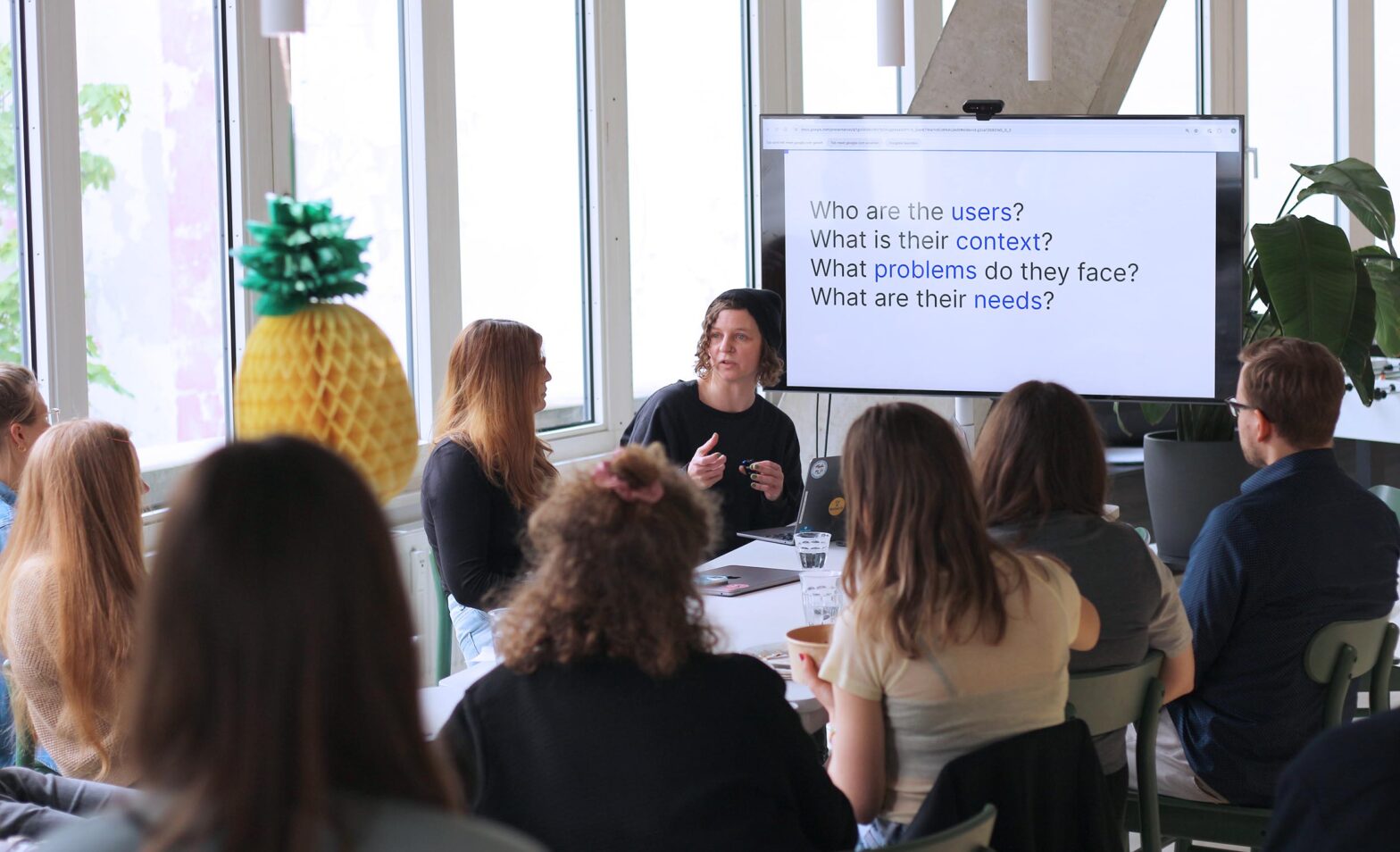User-centred maturity doesn’t move on a one-way ladder. It requires an ongoing effort to keep even the most well-intended organisation moving in the right direction. Hence, we must not get tired of discussing what user-centredness is, why it’s vital, and how we actually do it.
Over the past decade, I have witnessed public and private organisations slip and fall back from where they once were regarding operational practice, capability, and leadership support. That’s not the problem at Digital Service, not at all, but as the organisation continues to grow and new people join every month, communicating and sharing stories widely and frequently is vital.
On Wednesday, I joined my colleagues Anja and Sonja for a dedicated user research lunch and learn session. 55 people participated remotely and in the office—from our organisation and various federal ministries. We explained why user research matters, how to do it in the different development stages, and what it looks like in practice at DigitalService. We ran out of time as there were many questions and much to discuss.
This month, DigitalService has 3 dedicated user researchers, and next month, there will be 4. But user research is a team sport, and we need everyone on a multidisciplinary team to be engaged in it to create the most significant value for our users.
Our 10-part onboarding programme covers user-centred design more broadly and user research specifically. However, it remains shallow. So, with the recording of this week’s user research lunch and learn session, we have another comprehensive learning block for new starters to watch.
Moreover, Anja and Sonja run a well-attended weekly user research support hour every Thursday afternoon, with 5 special topical editions planned until August. We have growing internal guidance and an active Slack channel with weekly media recommendations. As part of the NExT network, we run a monthly cross-public sector user research exchange. And internally, we track all user involvement systemically. So, there is much we do and still plenty more we could do.
Beyond user research, I also gave a 6-minute introduction to content design in this week’s all-hands. Since we didn’t have the role and function in our organisation until month, I tried to address the question: “What is content design?”. Of course, I referenced the German Service Standard and its 3rd point covering plain language.
Illustrating the ‘Public services are mostly words – and every single words counts’ phrase, I did not resist deleting all words from a justice service.

Our new colleague and first content designer, Torsten, provided a helpful definition, which I incorporated:
Content design is about using data and evidence to give the audience what they need, at the time they need it and in a way they expect.”
I referenced some GOV.UK Registers work from when I worked with Tom and also reused some slides from a 2017 presentation at ConCon about the contribution of content designers to a service in its different development phases.
In a few months, we should offer a more thorough session on content design. It might also make sense to discuss user experience and interface design more generally.
Sketching the future of a justice service platform
Throughout the first half of the week, I did rare hands-on work in the late afternoons. I got to sketch some vision-type concepts for a vastly improved future justice service platform. Following a multi-week discovery mentioned in week 94, I helped with the practical conclusions and tried to make things tangible.
What would things look like if justice services now developed by federal and state-level government and digitalised at individual courts came together in a unified way? Heavily borrowing from other internationally-proofed service platforms, I illustrated 3 services on different screen sizes and also the potential benefits behind: service performance dashboards and simplified form-building tools.
Based on the drafts I have seen, I already incorporated and referenced the digital umbrella brand for the German state in the screens. The umbrella brand is created for administrative services, which justice services are separate from due to the split between the executive and judicative arms of the democratic system and its division of power. Hence, the screens use elements and variations of the 4 brand building blocks.
I am curious to see where this work can go from here. None of the sketches will ever be developed as such. But they can lead to fruitful discussions with a variety of stakeholders. Or, to quote IDEO’s words: “If a picture is worth a thousand words, a prototype is worth a thousand meetings”.
Joining the Digital Council of the Federal State of Sachsen-Anhalt
It’s good to give back! On Thursday, Minister for Infrastructure and Digital Dr Lydia Hüskens appointed me to the Digital Council of the Federal State of Sachsen-Anhalt. Hailing from the state capital of Magdeburg, it’s an honour to serve as a native member for a 2-year term, and I accepted it with gratitude.

Led by a strong sense of duty, I look forward to adding a user-centred design and service transformation lens to the state’s focus topics. I am excited to get to know state secretary for digital Bernd Schlömer, his team at the Ministry for Infrastructure and Digital, and the other council members and understand how I can make a substantial contribution.
It’s been 21 years since I left the city and state. However, having used their public services in the past few years, I have seen considerable room for improvement. So, I’m glad to be able to bring the combined experience of Government Digital Service and Digital Service to the table. I’m taking over the baton from Digital Service’s former COO Philipp Moeser, who served a previous term. So, there are shoes of some size to fill.
I’m looking forward to future trips to Magdeburg in the coming months, and so are my parents, who will be delighted to see me a little more often, too.
What’s next
Next week, I will take some vacation days.
I plan to edit a few blog posts I didn’t get to this week.
We will also meet some accessibility colleagues at the federal government level, which should be an educational exchange.

